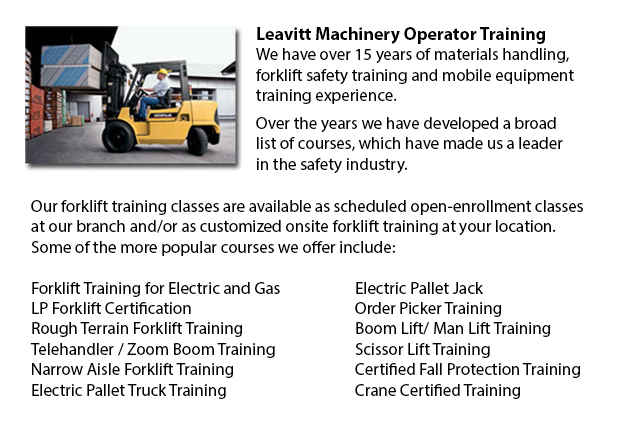
Aerial platform lifts can be used to accomplish a lot of distinctive tasks done in hard to reach aerial spaces. A few of the tasks associated with this type of jack include performing regular repair on structures with lofty ceilings, repairing telephone and power cables, raising heavy shelving units, and pruning tree branches. A ladder could also be used for some of the aforementioned tasks, although aerial platform lifts offer more security and stability when properly used.
There are a number of different models of aerial lift trucks existing, each being able to perform slightly different tasks. Painters will sometimes use a scissor lift platform, which can be utilized to get in touch with the 2nd story of buildings. The scissor aerial lifts use criss-cross braces to stretch and extend upwards. There is a table attached to the top of the braces that rises simultaneously as the criss-cross braces lift.
Bucket trucks and cherry pickers are a different kind of aerial hoist. They contain a bucket platform on top of an elongated arm. As this arm unfolds, the attached platform rises. Lift trucks use a pronged arm that rises upwards as the lever is moved. Boom hoists have a hydraulic arm which extends outward and elevates the platform. All of these aerial hoists call for special training to operate.
Through the Occupational Safety & Health Association, also called OSHA, education courses are offered to help make certain the workforce meet occupational principles for safety, system operation, inspection and maintenance and machine weight capacities. Employees receive qualifications upon completion of the classes and only OSHA licensed workers should operate aerial lift trucks. The Occupational Safety & Health Organization has developed guidelines to maintain safety and prevent injury while using aerial lift trucks. Common sense rules such as not utilizing this machine to give rides and ensuring all tires on aerial lift trucks are braced so as to hinder machine tipping are referred to within the rules.
Regrettably, statistics illustrate that over 20 operators pass away each year while operating aerial lifts and 8% of those are commercial painters. The majority of these mishaps are due to improper tire bracing and the hoist falling over; for that reason a lot of of these deaths had been preventable. Operators should make certain that all wheels are locked and braces as a critical safety precaution to prevent the machine from toppling over.
Marking the encompassing area with noticeable markers have to be utilized to protect would-be passers-by in order that they do not come near the lift. Also, markings should be set at about 10 feet of clearance between any power lines and the aerial lift. Lift operators must at all times be appropriately harnessed to the lift while up in the air.
-
Crown Forklift
More -
Genie Forklift
Genie is a globally recognized company that enjoys the spirit of collaboration with their extensive network of associated clients. Genie Industries prides itself on the image of bringing materials and people higher and extending beyond the goods they... More -
Komatsu Forklift
Komatsu Forklift U.S.A. Inc. has an excellent reputation for building dependable and rugged forklifts. Komatsu is recognized around the globe as a corporation with a rich heritage while retaining an exceptional benchmark of modernization and quality... More -
Boom Trucks
Boom vehicle are often utilized by phone, cable television and utilities firms as they have long folded arms which are typically folded over the roofs of business vehicles. On the end of the extension of extendable arms usually sits a bucket-like app... More -
Pneumatic Forklifts
Commonly used in delivery plants, the pneumatic forklift or pallet vehicle, may be used to transfer materials that are placed onto pallets. A pneumatic forklift commonly has a set of steel blades installed on a wheeled counterweight that also has a p... More

Forklift Training Scottsdale
TOLL FREE: 1-888-254-6157
Scottsdale, Arizona
forkliftcertificationscottsdale.com
Email Us
About Us


